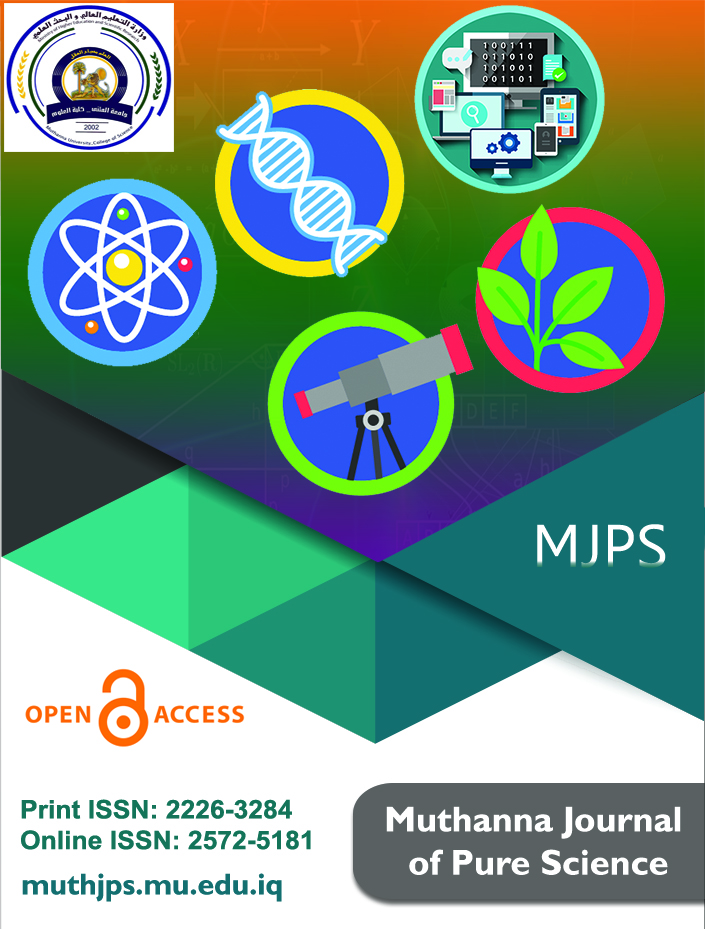Adopting Chest X-Ray and Chest CT Images for the Diagnosis of COVID-19 using Image Processing Techniques: Survey
AbstractKey wordsDOI
The presence of COVID-19 infection and its threat to human life has led to the urgent need to contribute to combating it, so global initiatives have emerged to regulate and manage the virus, with the aim of eliminating it once and for all. Since the use of image processing has succeeded in solving many complicated problems in the medical field, it can now be employed to aid in the fight against COVID-19 and control it by extracting the relevant features collected from medical imaging datasets and categorizing using machine learning and deep learning approaches in order to diagnose and predict the COVID-19 disease. This study provides an overview of current findings on machine learning methods that have been applied to COVID-19 and aspects related to the types of algorithms, the medical dataset used, and the accuracy of researchers’ results. This paper, review the latest proposed models for COVID-19 classification and diagnosis applied to CT scans and chest X-ray images to provide further insight into disease reduction. COVID-19 diagnosis is critical for identifying an infected person and preventing the virus from spreading. Because diffusion is rapid, an automated rapid diagnostic mechanism is required to deal with a huge population so image processing methods are the most suitable technology for this. These models’ accuracy ranged from 80.6% to 100%, demonstrating that image- processing methods can be used to assess and diagnose COVID-19 clinically.
COVID-19, Chest X-ray Images (CXR), Chest Computed Tomography (CT), machine learning, CNN, Image processing, Accuracy.
Download full article

